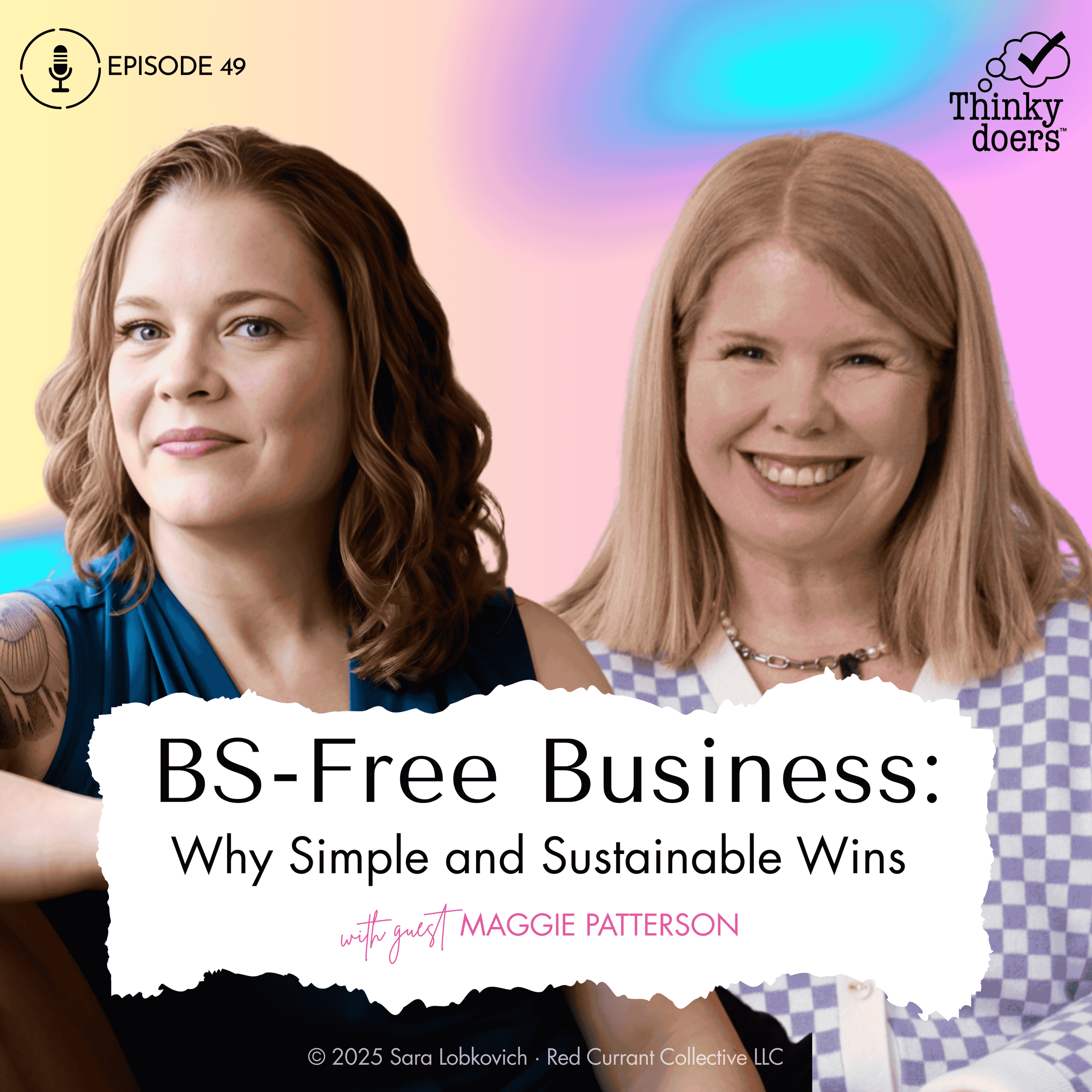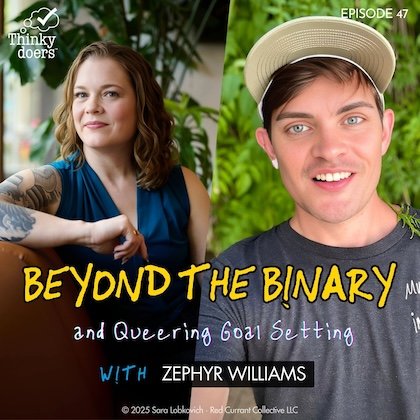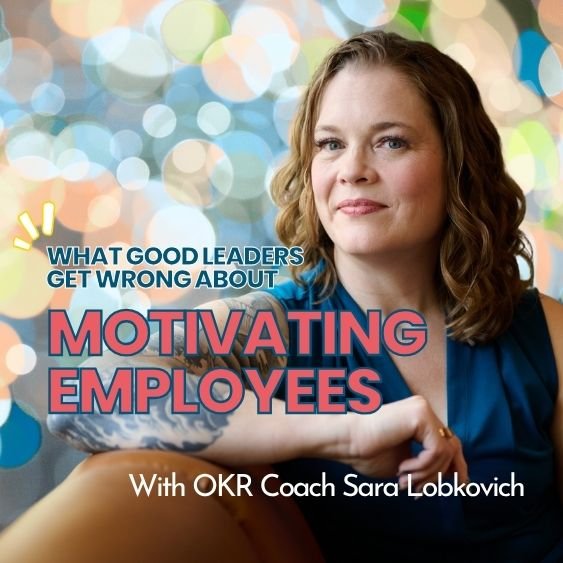
Welcome to the No-BS OKRs™ Blog
Here, you’ll find resources we create to help teams create, implement, and operationalize No-BS OKRs™ (called Evolutionary OKRs® in some workplaces) to set clear goals, stay focused, and build cultures of growth, learning, and high performance.
Featured No-BS OKRs Posts
Newest Thinkydoer Podcast Episodes
Posts by Category
Principles of No-BS OKRs
Leadership + Management
All posts about Leadership & Management →
Strategic Planning
All posts about Strategic Planning & Goals →
OKR FAQs
All No-BS OKRs FAQs →
OKR Coaching
All posts about OKR Coaching →

What are Objectives and Key Results? (with OKR examples)
Learn how to use Objectives and Key Results (OKRs) to increase clarity, focus, and alignment in your organization with practical example OKRs and a No-BS approach.

WTF are OKRs?
Don’t know an OKR from a KPI from any other TLA? Dive into the world of Objectives and Key Results (OKRs) with our no-nonsense WTF are OKRs guide. You’ll find basic words, meanings, and context about when and how OKRs are useful, and access No-BS OKR cheat-sheets not available anywhere else

Preview: The No-BS OKRs Playbook
After years of writing alone and then sharing with (wonderful, patient) beta readers, with this rewrite I’m doing something different. It’s time to write in public.
Here, I’m sharing the first full chapter, Chapter One. (It’s also available in podcast form via the Thinkydoers Podcast.) I look forward to your feedback; the rewriting is done, but the editing is not, so there’s still time to incorporate constructive edits.

Introducing Evolutionary OKRs
OKRs are a method for setting collaborative, objectively measurable goals made popular by the book Measure What Matters, which creates enormous excitement about the potential of OKRs, but leaves many teams and leaders frustrating trying to figure out how to implement them.
This episode introduces the Red Currant Collective brand of OKRs: No-BS OKRs (formerly Evolutionary OKRs, still used in some corporate environments). No-BS OKRs are designed to create meaningful change and help organizations transform and actually do better.
















The #1 question organizations ask about OKRs? "How do we cascade them to every team and person?" After training 2,000+ OKR coaches across 300+ organizations, my answer is controversial: You don't. Traditional OKR cascading creates a "mathematical nightmare"—turning 4 company objectives into 100+ unmanageable goals. There's a better way: flexible localization that helps teams align through a simple 3-question framework without drowning in complexity. Learn why cascading fails, when teams need different goal tools, and how to implement team OKR alignment that actually works.